The economic report covers significant developments, including the Bank of Japan’s key interest rate hike to 0.25%, Kenya’s introduction of core inflation data, and the IMF’s global economic growth projections. It also discusses Nigeria’s rising public debt, the Central Bank of Nigeria’s launch of the FX Code, and major digital infrastructure and power supply investments. The report concludes with updates from Nigeria’s money and stock markets.
This week’s economic report includes the latest World Economic Outlook (WEO) report from the IMF. The report projects global economic growth at 3.3% for 2025 and 2026, below the historical average of 3.7% from 2000 to 2019.
The U.S. is expected to lead advanced economies with a growth rate of 2.7% in 2025, driven by strong consumer spending and a resilient labour market. The Euro area and Japan face slower growth due to geopolitical tensions and supply chain issues.
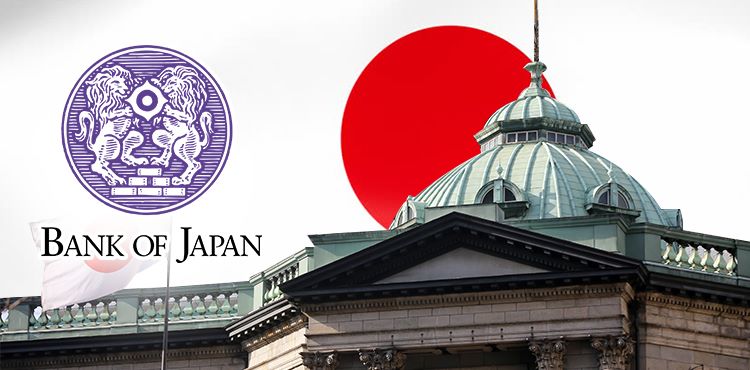
The Bank of Japan (BoJ) has raised its key interest rate from 0.50% to 0.25%, the first increase since ending its negative interest rate policy in March 2024. The central bank hopes to combat rising inflation, which has exceeded the Bank’s 2.00% target since April 2022. High import costs and labour shortages affecting wages have driven inflation. The bank is expected to maintain a hawkish stance to manage inflation and support economic growth.
Inflationary Trend
Inflation is anticipated to cool globally, with the U.S. approaching a 2% target in 2025, while the euro area expects subdued pressures. Risks remain significant, including potential trade tensions from protectionist policies, which could disrupt global trade and investment. Additionally, geopolitical conflicts and financial instability could lead to stagnation and inflationary pressures worldwide.
Emerging markets show mixed results. China’s economy is projected to grow by 4.6%, supported by fiscal stimulus but hindered by property market instability. India, however, is facing a slowdown in industrial production. In the Middle East, growth will improve, but a revised forecast for Saudi Arabia due to OPEC+ cuts tempers this. Latin America’s growth is expected to accelerate modestly to 2.5%.
Meanwhile, Kenya’s National Bureau of Statistics (KNBS) plans to publish core inflation data to enhance monetary policy decisions. It will isolate non-food and non-fuel inflation from the previously reported headline inflation, providing the Central Bank of Kenya (CBK) with a better understanding of underlying inflation trends and improving its ability to assess the impact of interest rate decisions.
Nigerian Economy
In Nigeria, the Debt Management Office reported that Nigeria’s public debt stock rose to ₦142.30 trillion in Q3:2024, reflecting a 5.97% increase from ₦134.30 trillion in Q2:2024. Domestic debt grew by 3.10%, primarily from government borrowing, while external debt increased by 9.22% due to the Naira depreciating. External debt servicing climbed by 29.70% to ₦2.11 trillion, whereas domestic debt servicing fell by 23.12% to ₦1.43 trillion. Nigeria’s debt stock is expected to rise further, with a projected ₦13.09 trillion fiscal deficit for 2025 mainly financed through borrowings.
The Central Bank of Nigeria (CBN) will launch the Nigerian Foreign Exchange (FX) Code on January 28, 2025, to promote ethical conduct and transparency in the FX market. New guidelines require banks’ management to attest to compliance annually, ensuring ethical practices, transparent pricing, and due diligence.
The Transmission Company of Nigeria (TCN) also commissioned 48 transformer projects in 2024, adding 4,928 MVA and 3,942.4 MW to the national grid to improve power supply and address transmission challenges across key regions.
The Federal Government, through the Ministry of Communications, signed a $10.00 million MoU with the West Indian Ocean Cable Company to enhance digital infrastructure and provide broadband access to three million homes. The aim is to boost Nigeria’s digital growth and economic development.
Money Market Updates
The CBN held a Treasury Bills auction, attracting oversubscription of ₦2.49trn, mainly in long-dated bills. The 364-day bill’s stop rate increased to 21.80%, and a total of ₦756.05bn worth of bills was sold. In the fixed-income market, average bond yields rose to 17.64%, while treasury bill yields fell to 24.36%. The Nigerian Eurobond market saw a decline in average yield to 9.42%, driven by interest in short-dated maturities.
Stock Market Updates
Last week, the Nigerian Exchange (NGX) experienced a positive shift. The benchmark All-Share Index rose by 1.22% to close at 103,598.30 points, driven by strong investor sentiment ahead of fourth-quarter earnings and portfolio rebalancing. Market capitalisation also increased by 1.26% to ₦63.65 trillion, reversing the prior week’s decline, mainly due to increased trading activities and the listing of LASACO Assurance’s shares.
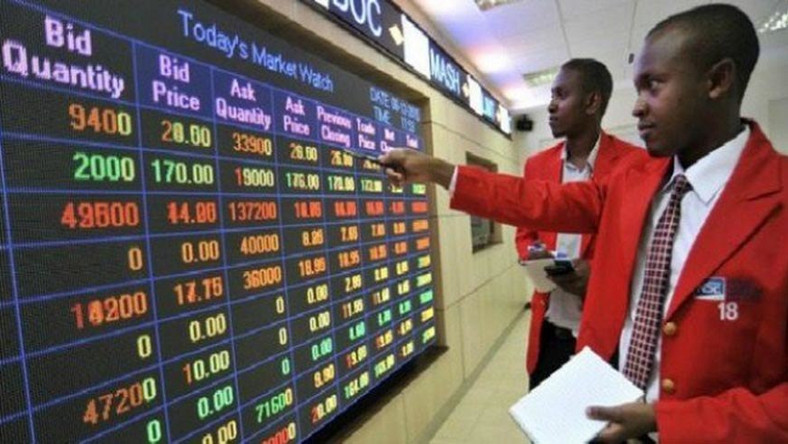
Investor portfolios gained, too, despite only three positive trading sessions. Year-to-date, the All-Share Index has gained 0.65%. Trading volume and value surged by 35.70% and 27.88%, reaching 3.06 billion units and ₦75.24 billion, respectively, while trades decreased by 7.25% to 59,036.
Sector performance was mixed. The NGX-Banking Index was the best performer, up 4.09%, while the NGX-Insurance Index fell 1.30%. Notable gainers included SCOA Plc (up 59.7%) and UPDC Plc (19%). Others are ZENITHBANK (+5.98%), WAPIC (+15.32%), TRANSCORP (+10.67%), TRANSPOWER (+7.96%), and UBA (+7.67%), whereas SUNU Assurances led the losers with a 25.1% decline.
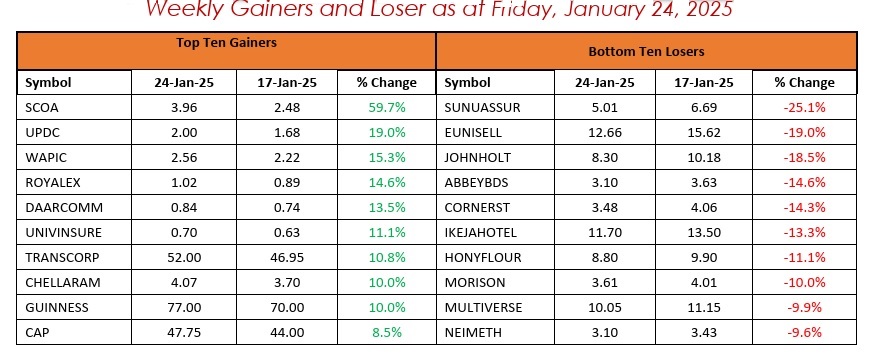
While the NGXCNSMRGDS, NGXINS, NGXOILGAS, and MERIAGRIC indices closed in the red, the NGXINDUSTR (+1.94%), NGXBNK (+4.09%), and MERITELCO (+1.10%) ended positively.
The top performers were SCOA (+59.68%), UPDC (+19.05%), WAPIC, ROYALEX, and DAARCOMM, while SUNUASSUR, EUNISELL, JOHNHOLT, ABBEYBDS, and CORNERST were among the biggest losers.
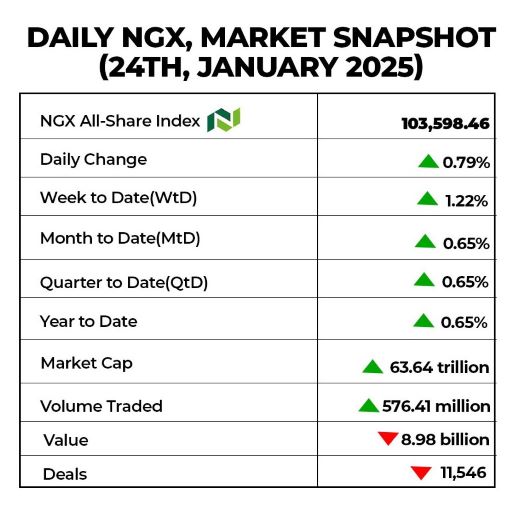
Trading activity showed mixed results. Total value traded rose by 9.21% WoW to ₦62.16 billion, but volume traded decreased by 4.63% to 2.13 billion units. NSLTECH was the most traded by volume, and SEPLAT led in value.
Conclusion
Economic managers have to balance two competing goals: stabilizing the economy now and promoting long-term growth. This is a tough challenge, especially with so much uncertainty. Central banks have a crucial job. They must keep prices stable while also supporting economic activity. They should use restrictive policies to control persistent inflation. When inflation is low, they should adopt accommodative approaches.
Fiscal policy should prioritize debt sustainability. This means carefully reducing debt while also investing in initiatives that promote growth and protect vulnerable populations. Global challenges require cooperation among nations. Trade policies that follow WTO frameworks promote transparency and stability. Restoring the WTO’s dispute settlement system is vital for a fair and stable trading system.
The market is expected to remain positive, driven by strong corporate earnings and actions that support price stability and attract new investments. However, market volatility may increase due to mixed economic data and upcoming events, particularly for companies with year-end financials in December.
Comment, Like 👍, share this article, and Follow us on our social media handles.

